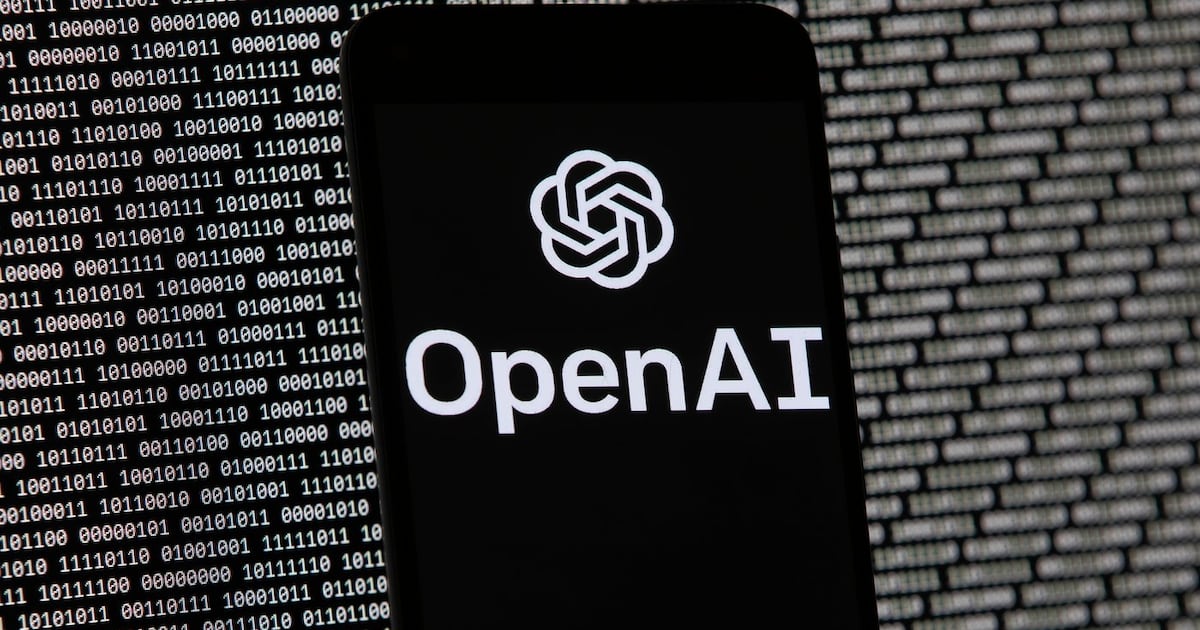Which AI stocks could be the biggest winners? And which ones might end up being losers? We asked expert investor Dan Rohinton of iA Global Asset Management. He discussed his stock picks within the AI economy — the hyper-scalers, the semis, and the data pipes! Plus, he shared his view on whether you should invest in private companies like OpenAI if they go public. As always, this is not financial advice.
The AI boom has fueled technology stocks to all-time highs. That record run-up has sparked a big debate — are we in a bubble or is this a once-in-a-generation investing opportunity?
So far, the bullish argument is winning.
But the big question is whether or not the massive spending on AI today will be justified over the long-term.
“Are the hundreds of billions of dollars being spent wisely or are they going to be commoditized in short order?” asks Dan Rohinton, a Portfolio Manager at iA Global Asset Management.
Rohinton is a long-time BNN Bloomberg guest and he recently appeared on my YouTube channel, Ticker Take, to outline the potential winners — and losers — within the AI economy.
To make smart decisions, Rohinton says investors need to understand where we are in the AI investing cycle (still early), as well as how the entire AI economy works.
For example, he highlighted three important groups — the hyperscalers, the semiconductor companies and the “data pipes.”
The hyperscalers
First, there are the so-called “hyperscalers.” These are companies like Microsoft, Alphabet and Amazon. In the same way that Nortel and Cisco helped build the backbone of the internet, hyperscalers are helping to bring AI tools to the world.
Within this group, Rohinton likes Amazon, based on its valuation and the fact that he believes the company was initially slow in building out its capacity. He thinks Amazon is catching up quickly and that should help revenue down the road.
Is there a risk these hyperscalers could eventually lose? Rohinton thinks it’s unlikely, but he does warn that AI-first businesses they’re partnering with (such as OpenAI and Anthropic) could eventually unseat big tech.
The semiconductor companies
The AI boom is being powered by leading-edge chips, hence the massive rally in semiconductor stocks.
Nvidia is the industry darling, with its shares surging nearly 1,500 per cent since the start of the bull market in 2022. That advance has been fueled, in part, by massive profits, which are expected to keep climbing.
According to the average analyst estimates compiled by Bloomberg, Nvidia’s net income is on pace to increase by another 200 per cent in the next five years.
As demand for Nvidia’s chips grows in industries beyond big tech, analysts at HSBC said in a recent research report there’s a chance the company’s valuation could skyrocket to $8 trillion.
Dan Rohinton of iA Global Asset Management told me he likes Nvidia, but that he is more bullish on Taiwan Semiconductor (TSMC). He notes that Nvidia depends on Taiwan Semiconductor’s factories, so its chips can’t be made without them. That gives the company pricing power.
Now, could semiconductor companies eventually be losers? Rohinton says that while most players are “sold out” of product for several years, history shows it’s been tough for hardware providers to avoid being commoditized.
“The only company that lasted persistently in hardware is Apple…but for right now, this is the gold rush,” Rohinton told me.
The data pipes
The AI hardware boom could eventually give way to a data gold rush. After all, AI models are only as good as the data they’re serving up. Because of that, Rohinton sees an opportunity to invest in companies that specialize in information and analytics. One name he highlighted as an example is London Stock Exchange group (LSEG).
Should you just invest in OpenAI?
Obviously the ChatGPT phenomenon played a huge role in kicking off this AI euphoria. So, should investors just buy shares of its parent company, OpenAI? As you probably know, OpenAI is a private company, as is Elon Musk’s xAI and other industry leaders such as Anthropic.
Rohinton says investors may have to wait a while to invest in these businesses, since they’ve successfully raised plenty of financing privately. But he’d definitely give them a look if they decided to go public. And if the current boom times continue, he would not be surprised to see this group sport trillion-dollar valuations, similar to those of the Magnificent 7.
Jon Erlichman is a BNN Bloomberg contributor and the host of Ticker Take on YouTube.

